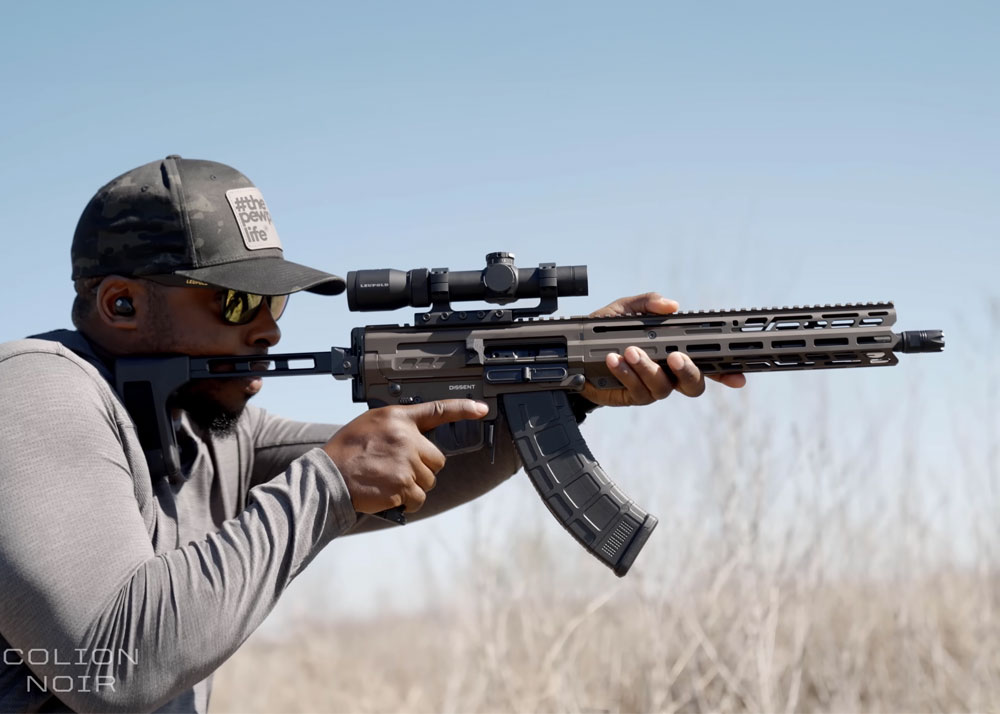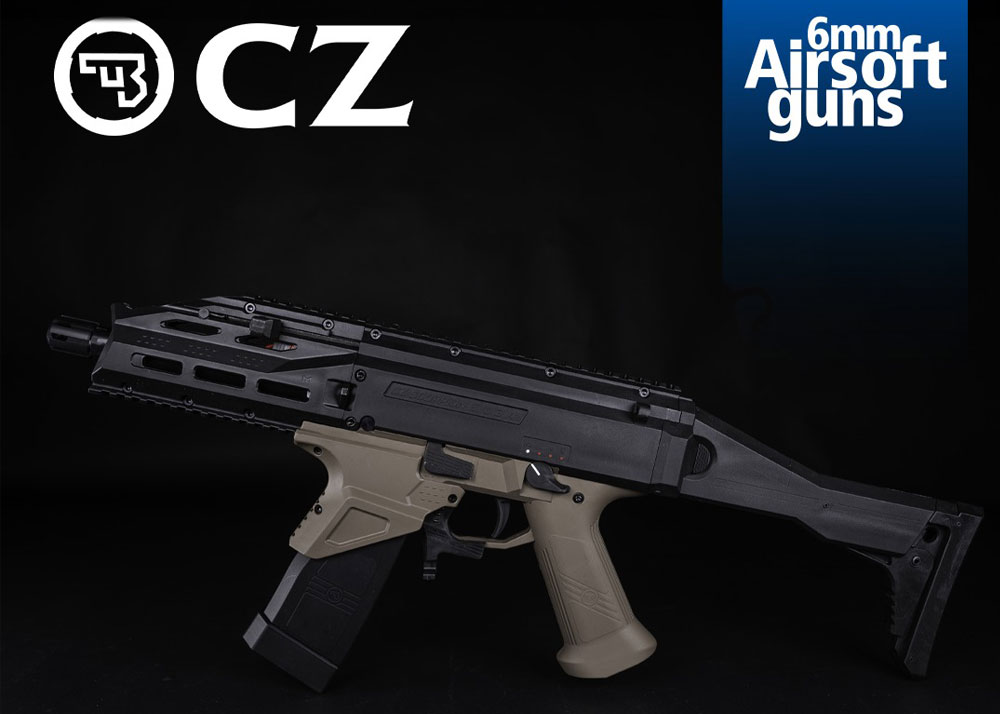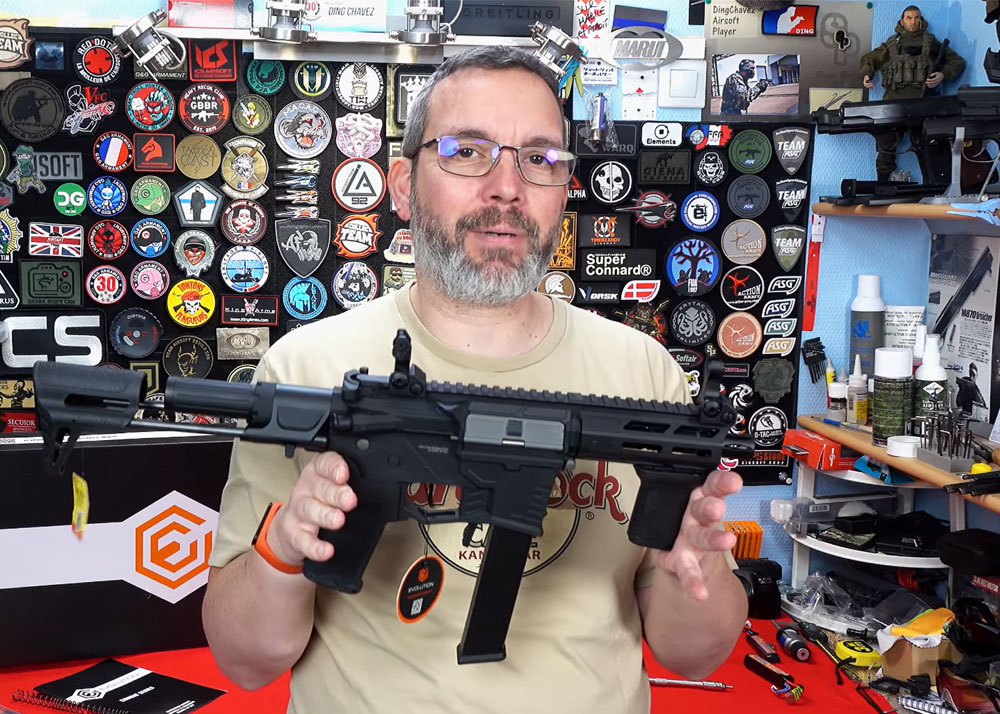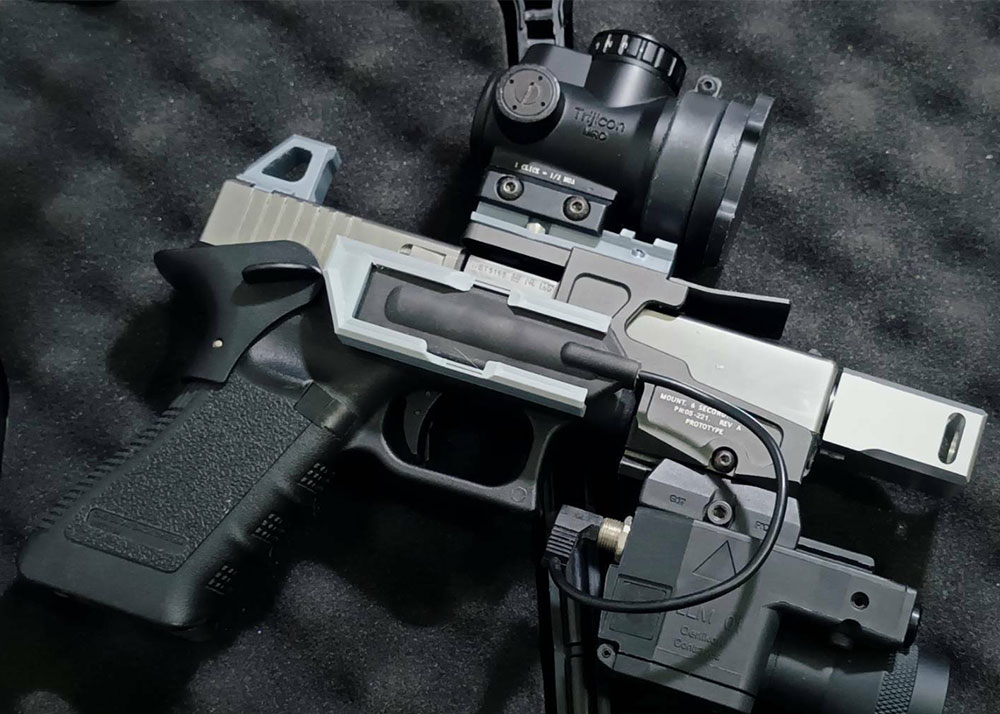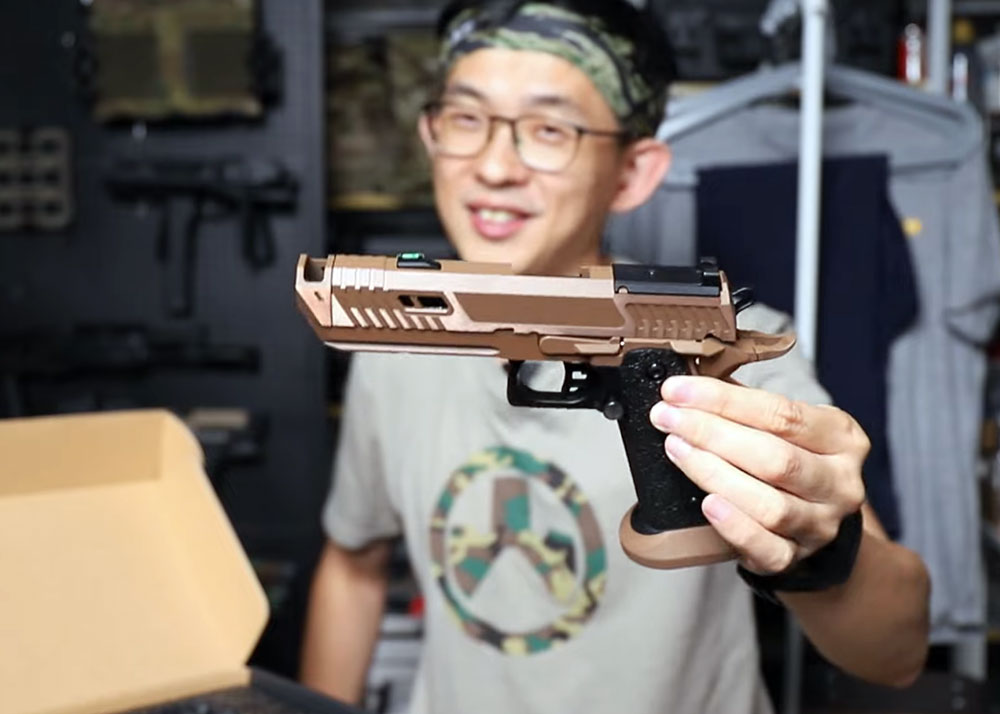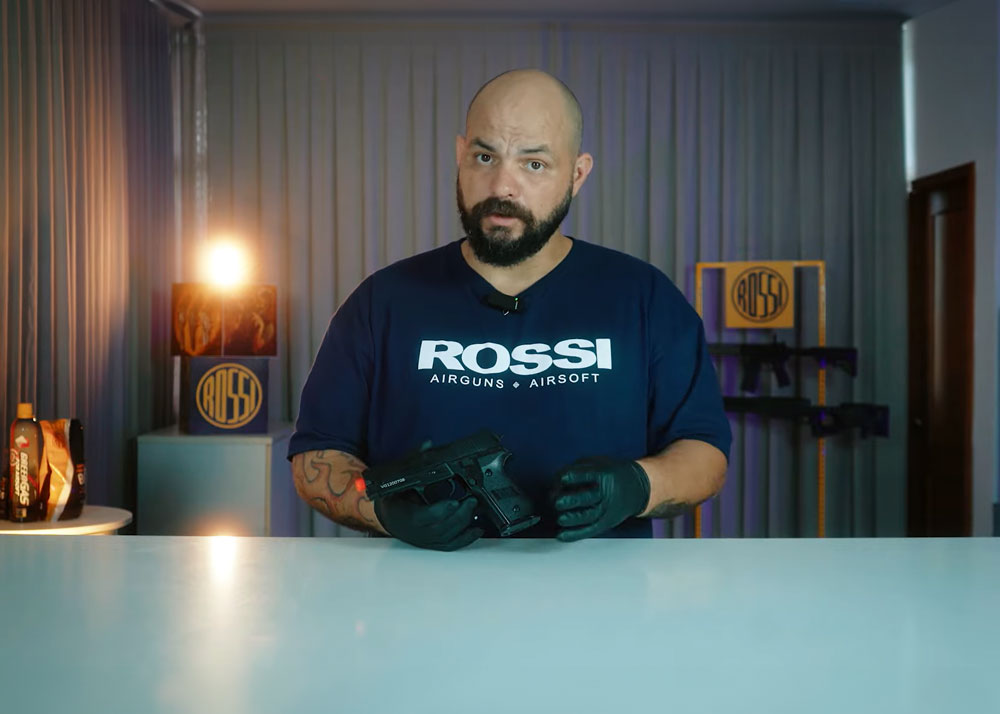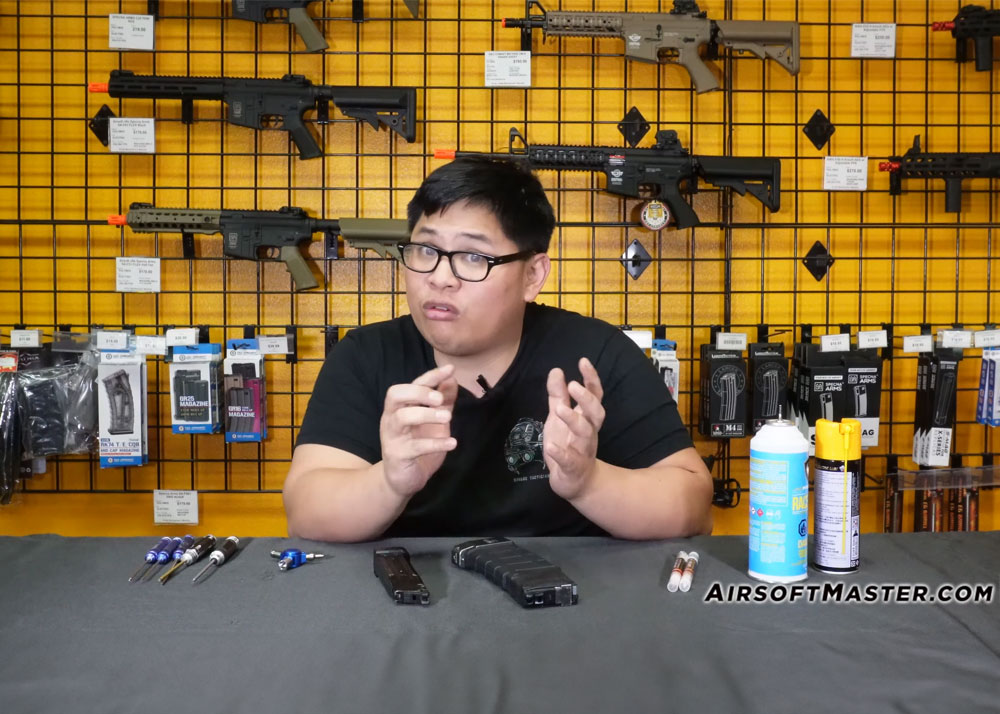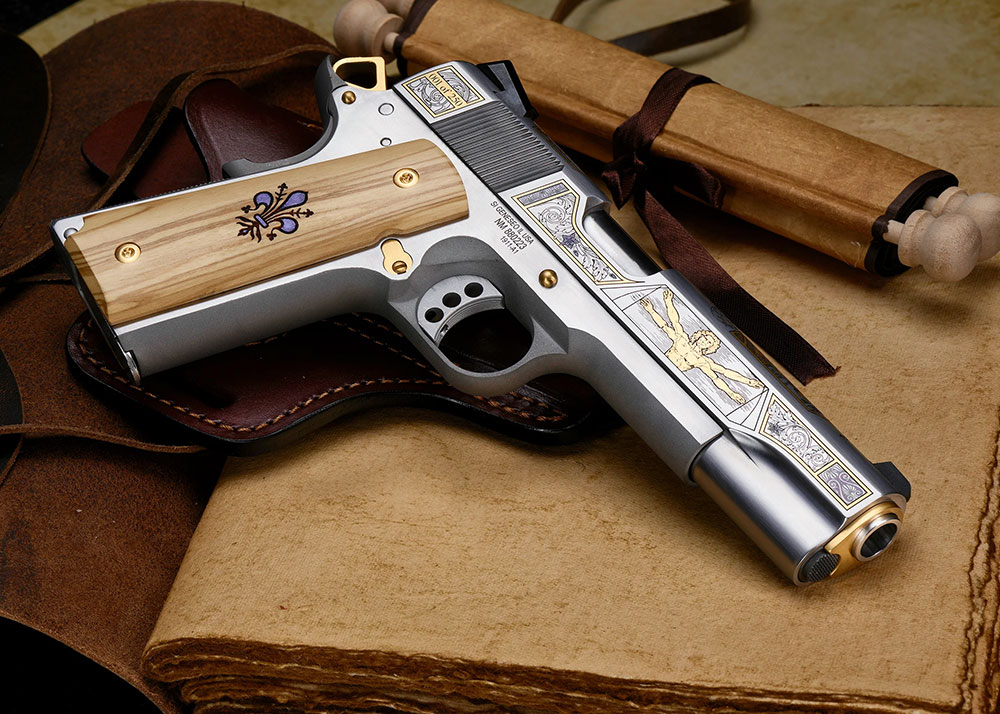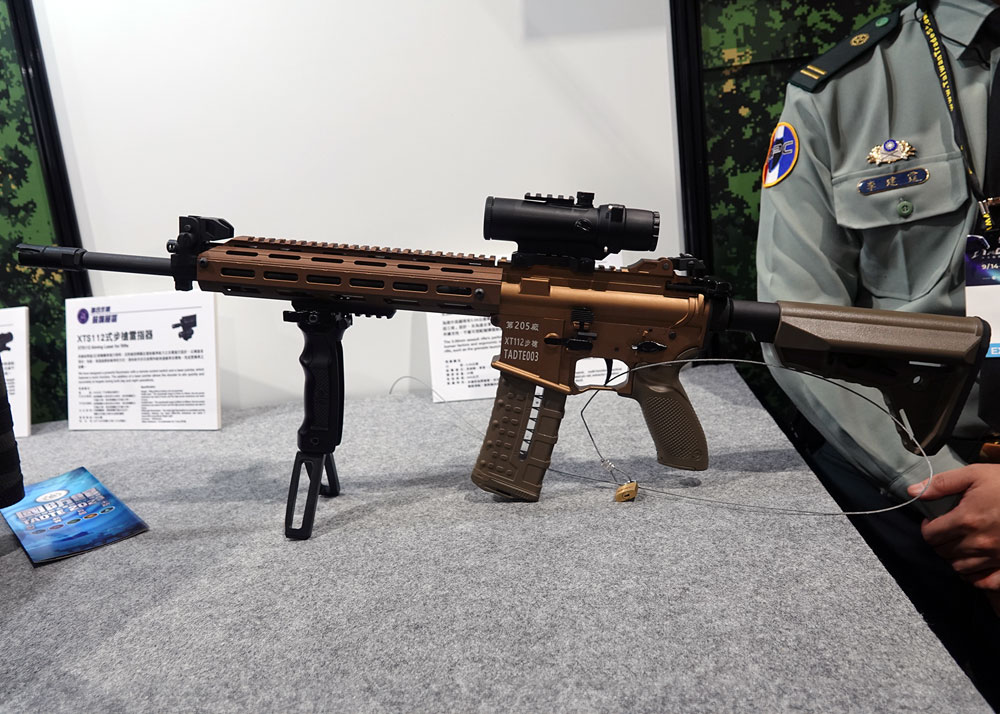With The Proposed ATF Rule Nerf Blasters Might Be Considered “80% Receiver”
Logan
03 Jun 2021
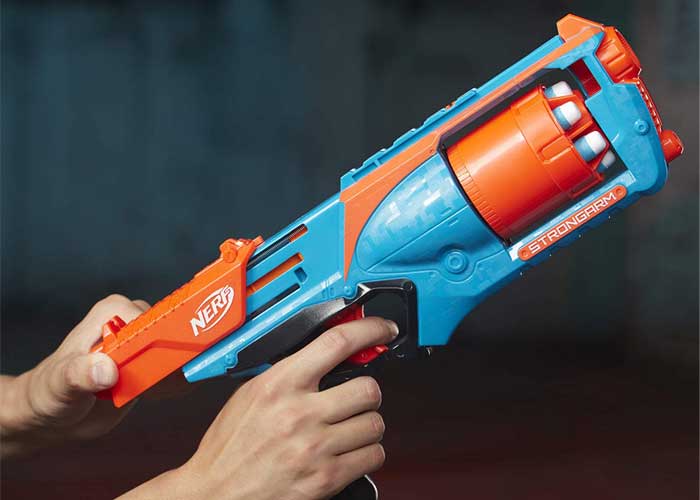
If you are thinking of getting a Nerf Gun for yourself or for your kid, you might want to think twice as Nerf blasters will be considered “80% Receiver”. With the new Administration pushing to regulate “ghost guns” or unserialized firearms, a proposed ATF rule that will provide new definitions on what is a firearm or a receiver may just have your kid be a firearm toting individual. That means a lot of kids in the U.S.
It’s all because of a creative individual in the 3D printing community.
That individual, who goes by the Twitter handle 00MEAT, used a CAD software to make a "Nerf .22 adapter" that can turn a “foam dart gun” into an “80% receiver”:
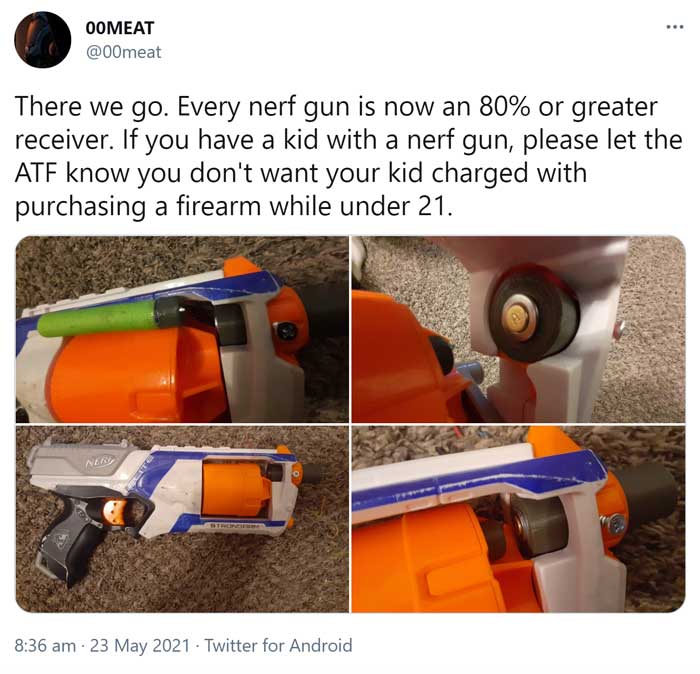
Here is the design of the “Nerf .22 adapter”:
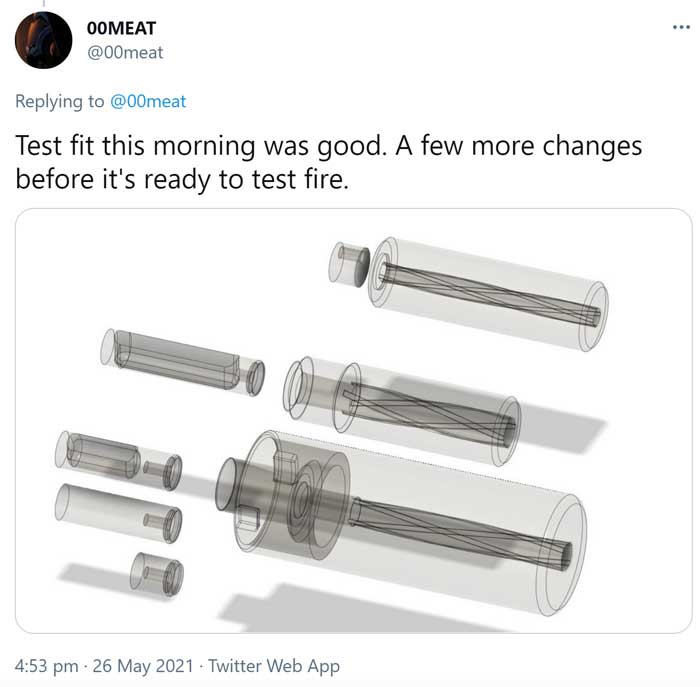
For those not familiar with the term “80% receiver”, it is explained by 8-lower.com:
An 80% lower is an un-serialized receiver blank, an unfinished firearm that is not operable and cannot be made to operate without additional fabrication. An un-finished 80% lower cannot accept a trigger, hammer, or safety, so it can't be made to fire a live round. Because of this, 80% lowers and all other types of receiver and firearm blanks aren't legally considered firearms by the Bureau of Alcohol, Tobacco, and Firearms (BATFE).
In the summary of proposed rule ATF 2021R-05, the ATF would:
- Provide new definitions of “firearm frame or receiver” and “frame or receiver”
- Amend the definition of:
- “firearm” to clarify when a firearm parts kit is considered a “firearm,” and
- “gunsmith” to clarify the meaning of that term and to explain that gunsmiths may be licensed solely to mark firearms for unlicensed persons.
- Provide definitions for:
- “complete weapon,”
- “complete muffler or silencer device,”
- “privately made firearm (PMF),” and
- “readily” for purposes of clarity given advancements in firearms technology.
- Provide a definition of “importer’s or manufacturer’s serial number”
- Provide a deadline for marking firearms manufactured.
- Clarify marking requirements for firearm mufflers and silencers.
- Amend the format for records of manufacture/acquisition and disposition by manufacturers and importers.
- Amend the time period records must be retained at the licensed premises.
Proposed New Definition of Firearm “Frame or Receiver”
Under the proposed rule, a “frame or receiver” is any externally visible housing or holding structure for one or more fire control components. A “fire control component” is one necessary for the firearm to initiate, complete, or continue the firing sequence, including, but not limited to, any of the following: hammer, bolt, bolt carrier, breechblock, cylinder, trigger mechanism, firing pin, striker, or slide rails.
Any firearm part falling within the new definition that is identified with a serial number must be presumed, absent an official determination by ATF or other reliable evidence to the contrary, to be a frame or receiver.
More than one externally visible part may house or hold a fire control component on a particular firearm, such as with a split or modular frame or receiver. Under these circumstances, ATF may determine whether a specific part or parts of the weapon is the frame or receiver, which may include an internal frame or chassis at least partially exposed to the exterior to allow identification.
The proposed rule maintains current classifications and marking requirements of firearm frames or receivers, except that licensed manufacturers and importers must mark on new designs or configurations either: their name (or recognized abbreviation), and city and state (or recognized abbreviation) where they maintain their place of business; or their name (or recognized abbreviation) and their abbreviated FFL number, on each part defined as a frame or receiver, along with the serial number.
The proposed rule includes examples of types and models firearms and identifies the frame or receiver. Most examples also include an illustration identifying the frame or receiver. It also explains when a partially complete, disassembled, or inoperable frame or receiver is considered a “frame or receiver”, and explains that a destroyed frame or receiver is not considered a “frame or receiver”.
With the “Nerf .22 adapter” the Nerf blaster it could be classified as “readily convertible to a firing state.” If such, persons below the legal age might be charged for purchasing a firearm when they go to Walmart to buy a Nerf blaster.
That means a lot of kids will be in a lot of trouble if they own a Nerf blaster if the proposed definition will be adapted. For a company like Walmart which is the biggest FFL (Federal Firearms Licensel), they will have to serialize them. Hasbro, the company behind Nerf, may have to take a look at the proposed definition as well if all of its of Nerf guns are “readily convertible” as so far, the adapter made by 00Meat is for the Nerf Strongarm.
The airsoft community in the U.S. may also have to take a look at the proposed definition since airsoft guns resemble firearms and gas blowbacks usually have some components similar to a “fire control component” which in this case are “hammer, bolt, bolt carrier, breechblock, cylinder, trigger mechanism, firing pin, striker, or slide rails.”
Something to worry about as it may just also put airsofters on the wrong side of the law without knowing it.

